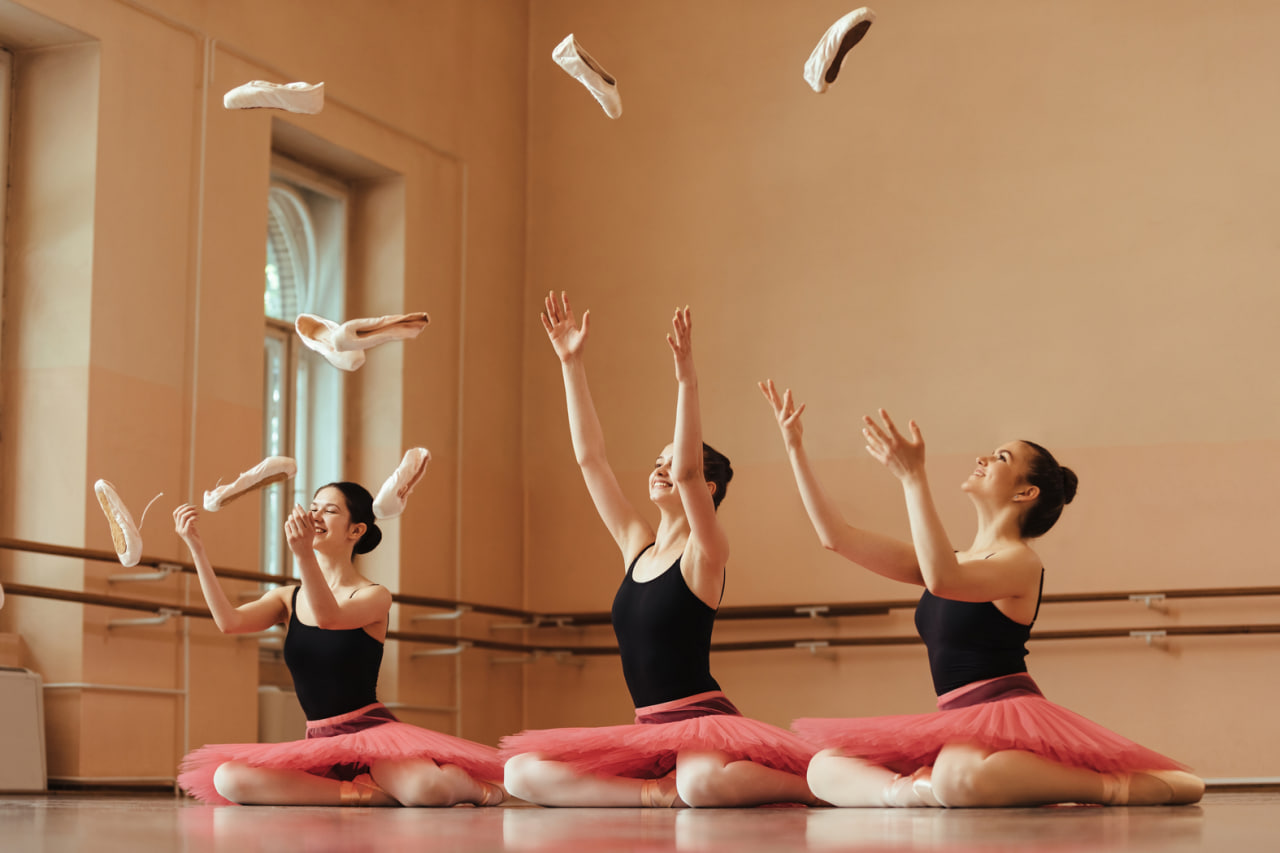Performing ballroom dance is both a technical and artistic challenge. Beyond mastering steps, posture, and partner connection, dancers must also convey emotion, captivate an audience, and move with confidence. Stage presence, expression, and self-assurance are key components of a compelling performance. Developing these qualities allows dancers to showcase not only their skill but also their artistry, creating a lasting impression on spectators.
Building Confidence on Stage
Confidence is essential for any performance. It allows dancers to move freely, maintain composure, and execute steps accurately under pressure. One of the best ways to build confidence is through consistent practice and preparation. Familiarity with choreography reduces anxiety and ensures movements feel natural.
Visualization techniques are also effective. Imagine yourself performing flawlessly in front of an audience, maintaining posture, rhythm, and expression. This mental rehearsal helps reduce nervousness and strengthens focus during actual performances. Gradually performing for small groups, such as classmates, friends, or family, can further build comfort and confidence before larger shows.
Expressing Emotion Through Dance
Expression is what transforms technical movement into artistry. Each step, turn, and gesture should reflect the emotion and character of the dance. In the waltz, this might be grace and romance; in the tango, intensity and drama; in the cha-cha, playfulness and energy.
To convey emotion effectively, dancers should connect with the music and internalize its mood. Focus on facial expressions, fluidity of movement, and dynamic contrasts in speed and intensity. Authentic expression enhances audience engagement, making the performance memorable and impactful.
Developing Stage Presence
Stage presence is the ability to command attention and engage the audience, even when performing complex choreography. It combines confidence, expression, and awareness of the space and audience. Maintaining eye contact, projecting energy outward, and moving with intention all contribute to strong stage presence.
Good posture, poise, and frame are also crucial. A dancer with an upright, confident stance appears more elegant and authoritative on stage. Each movement should be deliberate and expressive, creating a visual narrative that draws the audience into the performance.
Partner Dynamics in Performance
For partner dances, stage presence and expression are amplified by connection. Partners must communicate seamlessly through body language and subtle cues, enhancing synchronization and fluidity. Confidence and trust between partners allow for complex moves, lifts, and turns to appear effortless.
Practicing in tandem ensures that both dancers move cohesively, respond intuitively to each other, and maintain consistent energy throughout the performance. Strong partner dynamics increase the overall impact of the dance, showcasing teamwork as well as individual skill.
Practical Tips for Success
Several practical strategies can enhance performance quality:
- Warm-Up Properly – Engage muscles and joints before performing to prevent injury and improve fluidity.
- Practice with Mirrors – Observe alignment, expression, and frame to refine movements.
- Record Rehearsals – Review performances to identify strengths and areas for improvement.
- Focus on Musicality – Emphasize phrasing, accents, and dynamics to match the emotion and rhythm of the music.
- Relax and Enjoy – Nervousness is natural; channel it into energy and enthusiasm to enhance presence.
Consistent application of these strategies helps dancers develop confidence, poise, and expressive performance skills.

